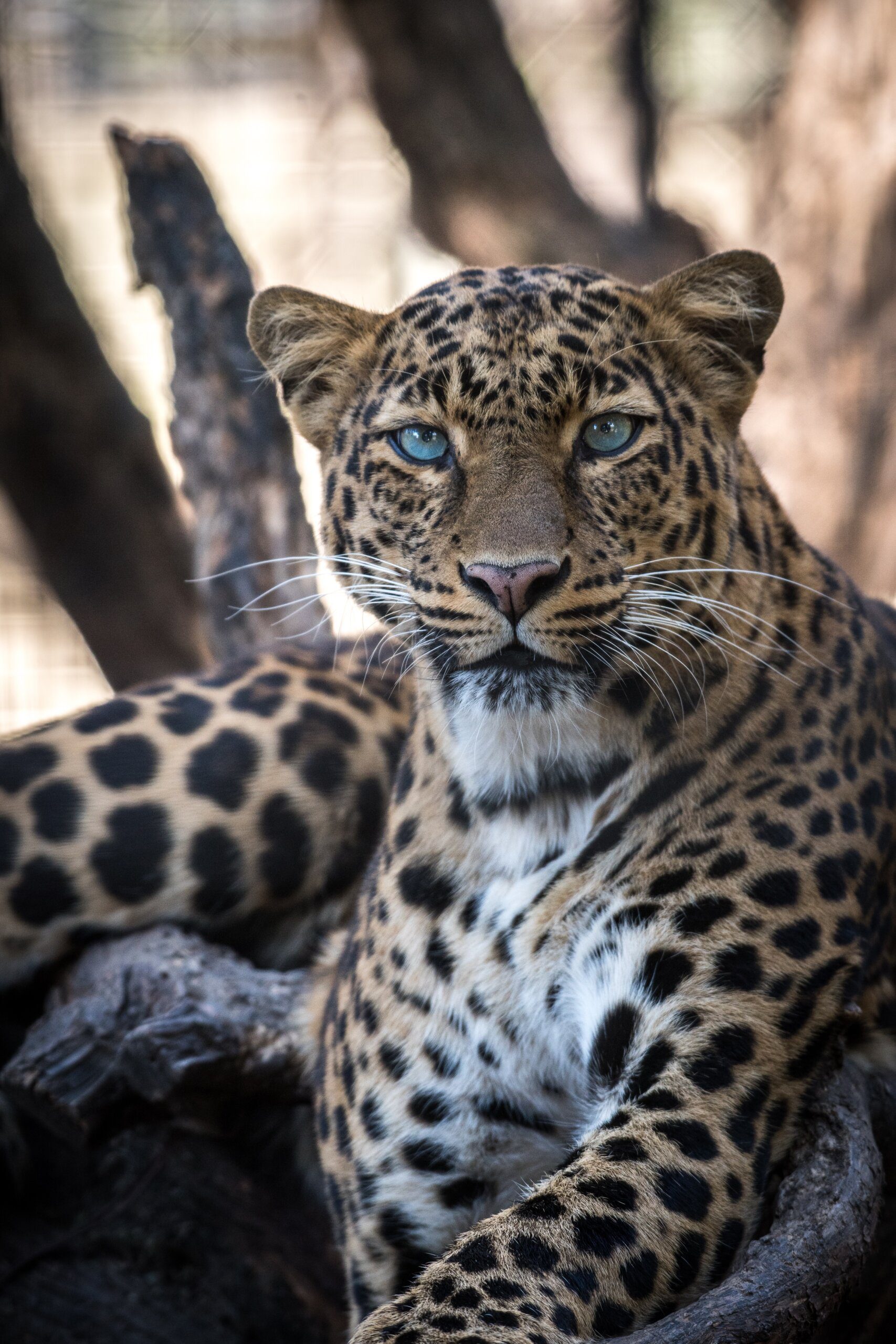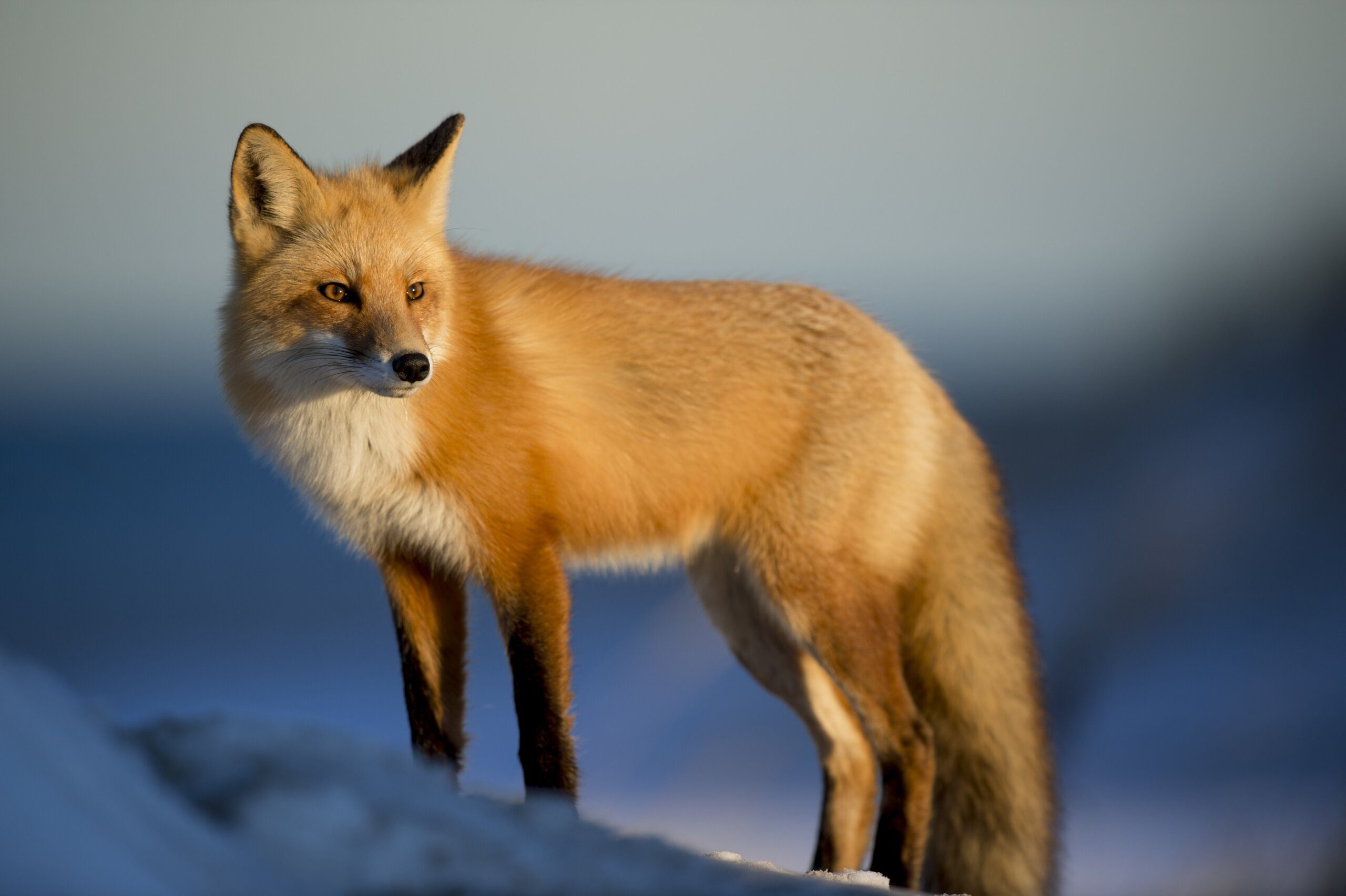Have you ever wondered about the remarkable size and weight of capybaras? These fascinating creatures, native to South America, are the largest rodents in the world, reaching impressive lengths of up to 4 feet and weighing as much as 150 pounds. With their friendly demeanor and unusual physical characteristics, capybaras have captured the attention of animal enthusiasts worldwide. Join us as we explore the astonishing size and weight of these unique creatures, and uncover the secrets behind their incredible growth. Get ready to be awestruck by the majesty of the capybara!

Physical Characteristics of Capybaras
Overall Size
Capybaras are the largest rodents in the world, typically measuring around 1.2 to 1.5 meters in length. They have a height of around 0.5 meters, making them quite substantial in size. Their considerable size contributes to their unique appearance, often described as a cross between a large guinea pig and a small hippopotamus.
Weight
Capybaras are known for their impressive weight, with adults typically weighing between 50 and 65 kilograms. However, some individuals can weigh up to 80 kilograms, making them a heavyweight among rodents. This noteworthy weight makes them twice as heavy as most other rodents and contributes to their distinct physical presence.
Comparison to Other Animals
When it comes to comparing capybaras to other animals, their size and weight are noteworthy. They are larger than many common domestic pets, such as dogs and cats. Despite being rodents, they can even rival the size and weight of some deer species. Capybaras truly stand out in the animal kingdom due to their remarkable size.
Body Structure of Capybaras
General Shape
Capybaras have a robust and barrel-shaped body, with a broad chest and a tapering rear. Their well-developed muscles contribute to their solid appearance, making them look sturdy and powerful. Their shape is ideal for traversing their natural habitats, including marshes, forests, and savannas.
Musculature
The musculature of capybaras is impressive, particularly in their hindquarters. Their powerful hind legs enable them to move swiftly and gracefully, making them agile when navigating both land and water. Their well-toned muscles provide them with the strength and endurance needed to explore their environments with ease.
Special Adaptations
Capybaras possess several special adaptations that aid in their survival. Their large, barrel-shaped bodies help with buoyancy while swimming, making them excellent swimmers. Additionally, their partially webbed toes enhance their swimming abilities, allowing them to negotiate through water bodies effortlessly. These unique adaptations are essential for their survival in their natural habitats.

Head and Facial Features
Eyes
Capybaras have small, round eyes that are positioned high on their heads, enabling them to maintain awareness of their surroundings while staying partially submerged in water. Their eyesight is adapted for both land and water, allowing them to spot potential threats or sources of food in their environment.
Ears
The ears of capybaras are relatively small and rounded. Positioned on the sides of their heads, they have excellent hearing capabilities, which help them detect predators or communicate with other members of their group. Capybaras are highly social animals and use various vocalizations and body language in their communication.
Nose
Capybaras have a prominent and flexible nose that aids in both smelling and breathing. They possess a keen sense of smell, which allows them to detect food sources and identify potential dangers. Their respiratory system is well-adapted to their semi-aquatic lifestyle, enabling them to submerge their bodies in water while still breathing comfortably.
Mouth
The mouth of a capybara contains a set of large, sharp incisors in the front, ideal for biting through vegetation and their favorite aquatic plants. They also have molars at the back of their mouths, which help in grinding and chewing their food thoroughly. Capybaras are herbivores and consume a primarily vegetarian diet consisting of grasses, leaves, and bark.
Dental Structure
Capybaras have continuously growing teeth, a common trait among rodents. Their teeth are adapted for their herbivorous diet, and the constant wear and growth of their incisors allow them to maintain their ability to consume their preferred food sources. Their dental structure is vital to their overall health and plays a significant role in their feeding habits.
Limbs and Locomotion
Legs
Capybaras have short but robust legs that are positioned towards the corners of their bodies. This limb structure contributes to their stability on both land and water. Despite their relatively short legs, they possess incredible agility and can sprint at impressive speeds when required.
Paws
Capybaras have four webbed toes on their front feet, which aid in swimming and provide stability while walking on soft ground. Their hind feet have three webbed toes, allowing for efficient movement through water. The combination of their webbed toes and strong legs makes capybaras highly adapted to an aquatic lifestyle.
Swimming Abilities
Capybaras are exceptional swimmers, thanks to their unique adaptations. Their streamlined bodies, webbed feet, and ability to partially close their nostrils all contribute to their incredible swimming abilities. They can move gracefully through water, utilizing their powerful hind legs to propel themselves forward. Swimming is an integral part of their daily activities, aiding in foraging and evading predators.

Fur and Skin
Coat Color and Texture
Capybaras have short and dense fur that varies in color depending on their habitat and location. It can range from light brown to reddish-brown, providing effective camouflage in their natural environment. Their fur is coarse and rough to the touch, aiding in water resistance and protection against external elements.
Thermoregulation
The fur of capybaras plays a crucial role in thermoregulation, helping regulate their body temperature. It acts as insulation, retaining heat during colder periods and providing protection from the sun’s rays during hotter times. Capybaras also possess sweat glands that secrete a substance that acts as both a cooling mechanism and a way to mark territory.
Grooming Habits
Capybaras are meticulous groomers, spending a considerable amount of time cleaning themselves. They use their incisor teeth to remove parasites, dirt, and debris from their fur. Additionally, they engage in social grooming behaviors within their groups, which helps strengthen social bonds and maintain overall hygiene.
Size and Weight Variations
Differences by Gender
There are slight differences in size and weight between male and female capybaras. Adult males are generally larger and heavier, with an average weight ranging from 60 to 80 kilograms. Females are slightly smaller, typically weighing between 45 and 60 kilograms. These variations in size are primarily influenced by sexual dimorphism and play a role in reproductive behaviors.
Growth Rate
Capybaras experience rapid growth during their first few years, with their weight gaining steadily until they reach maturity. They can gain up to two kilograms per month during their first year of life. By the time they reach maturity, their size and weight are fully developed, and their growth rate slows down significantly.
Variations in Different Locations
Capybaras can be found in various habitats across South America, including regions with different climates and environmental conditions. As a result, there may be variations in size and weight depending on these factors. Capybaras in warmer, more abundant food sources, or more stable environments may exhibit slightly larger sizes compared to those in harsher or less favorable locations.
Size Comparison in Relation to Humans
Capybaras vs. Average Human
When comparing capybaras to the average human, the difference in size is significant. Capybaras are much larger and can easily reach lengths of 1.2 to 1.5 meters, while standing at approximately 0.5 meters in height. In terms of weight, capybaras can weigh between 50 and 65 kilograms, which is considerably heavier than the average human weight.
Capybaras vs. Other Human-Sized Animals
Among other human-sized animals, capybaras still stand out due to their unique characteristics. While they do not reach the same size as larger animals like deer or zebras, capybaras’ combination of size and weight is exceptional. Their adaptations and behaviors make them distinct from other animals of similar proportions, earning them the title of the largest rodents in the world.
Factors Influencing Capybara Size
Genetics
Genetics plays a significant role in determining the size and weight of capybaras. Inherited traits passed down through generations can influence an individual’s growth potential, determining their ultimate size as adults. Genetic diversity within capybara populations also contributes to variations in size observed across different regions.
Diet and Nutrition
The availability and quality of food sources are essential factors that influence capybara size. A diet rich in nutrient-dense vegetation enables capybaras to grow to their maximum potential, ensuring they receive the necessary nutrients for proper development. Access to abundant food resources allows capybaras to attain larger sizes more easily.
Environmental Conditions
The environment in which capybaras live can also impact their size. Factors such as temperature, rainfall, and vegetation density directly affect food availability and the overall health of capybara populations. Harsher environments may result in smaller individuals due to limited resources, while more favorable conditions support larger size and robust populations.
Implications of Capybara Size
Ecological Role
Capybaras play a vital role in their ecosystems, primarily through their feeding habits. As herbivores, they help control vegetation growth and shape their habitats. Their size allows them to consume large quantities of plant material, contributing to the balance and biodiversity of their ecosystems.
Predation
Despite their impressive size, capybaras are still vulnerable to predation. They serve as prey for various predators, including jaguars, anacondas, and caimans. Their large size serves as both an advantage and a disadvantage, as it deters smaller predators but attracts larger ones. Capybaras rely on their social structures and vigilant behaviors to mitigate predation risks.
Conservation Concerns
The conservation of capybaras is essential due to their ecological significance and the challenges they face. Habitat loss, hunting, and competition with livestock for resources threaten capybara populations. Measures such as protected areas, wildlife conservation initiatives, and sustainable management practices can help safeguard capybaras and ensure their long-term survival.
Cultural Significance
Capybaras in Indigenous Cultures
In various indigenous cultures across South America, capybaras hold cultural importance. They are often depicted in traditional artwork, folklore, and rituals, symbolizing fertility, abundance, and connection to the natural world. In these cultures, capybaras are revered and considered a sacred animal.
Beliefs and Superstitions
Capybaras are surrounded by beliefs and superstitions in some communities. In certain regions, they are considered to bring good luck, happiness, and prosperity. Conversely, some superstitions associate their presence with bad omens or warnings against specific actions. The cultural significance of capybaras adds to the fascination and intrigue surrounding these remarkable creatures.
Popularity in Modern Culture
Capybaras have gained popularity and appreciation in modern culture, particularly through social media platforms. Their charming and sociable nature has captured the hearts of people worldwide, leading to numerous online communities dedicated to sharing captivating stories and adorable photographs of these lovable animals. Their friendly demeanor and intriguing size make them appealing to a wide audience.
In conclusion, capybaras’ physical characteristics, body structure, head and facial features, limbs and locomotion, fur and skin, size and weight variations, and cultural significance all contribute to their fascinating nature. From their impressive size and weight to their unique adaptations and importance within ecosystems, capybaras are truly remarkable creatures deserving of admiration and conservation efforts.



